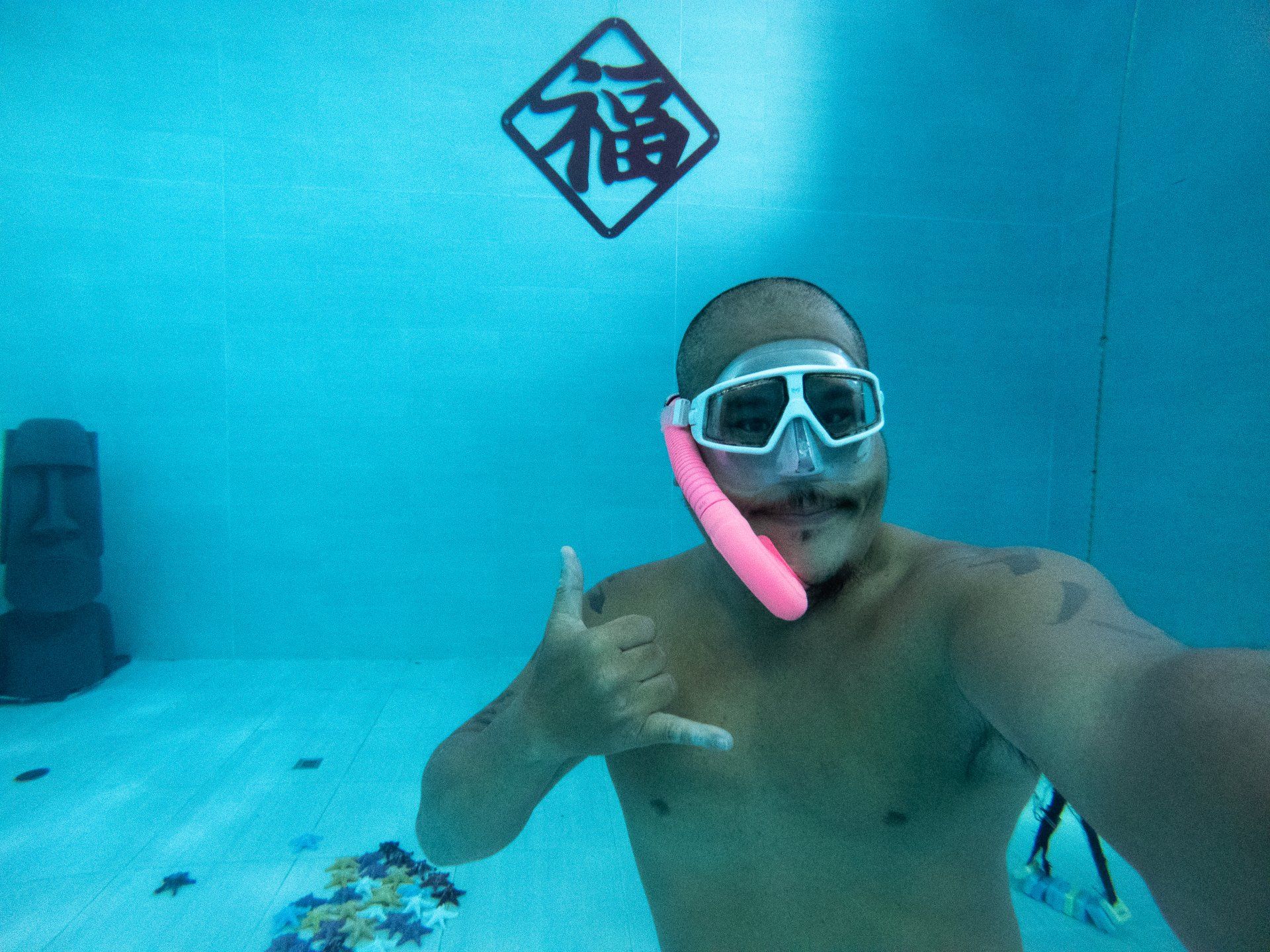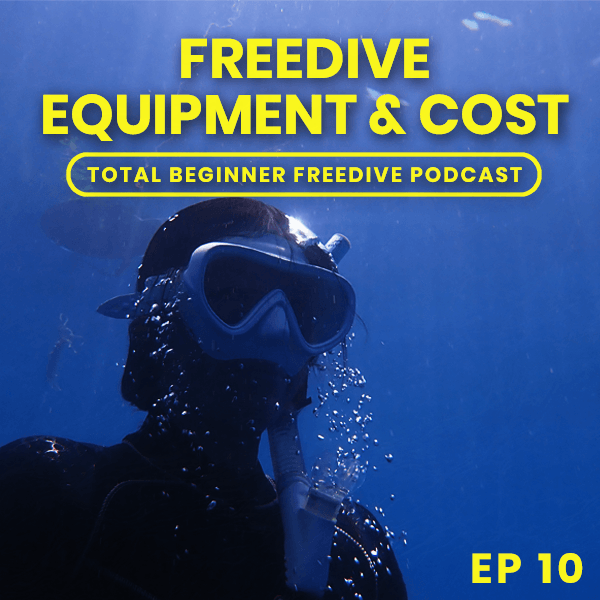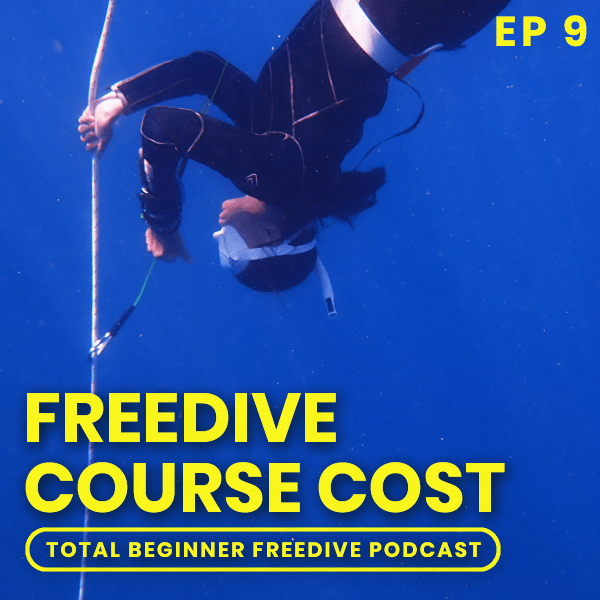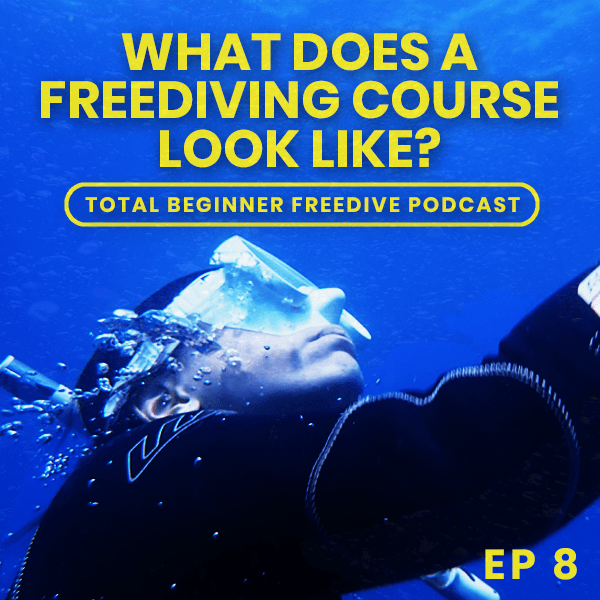Raymond Ko • December 17, 2021
Molchanovs Core Silicone Bifins Review
I've had my Molchanovs Core Silicone Bifins for a good four months now, I even made two videos on it, one on Tik Tok that Alexey Molchanov himself loved and YouTube. I must confess that I still adore them to this day and love them so much that I've only used my expensive carbon fins only a handful of times since and will make a perfect Xmas gift.
And given the price point at US$115 (use coupon code FREEDIVENOMAD for 10% off your purchase), it's a relatively cheap gift for a freediver as a pair of carbon fins can cost US$500+, fiberglass fins $150+, a new wetsuit US$300+, dive computer $300-$1000+++ (ya, freediving can be expensive).
These fins are is so versatile I call it the Swiss Army knife of freediving fins and that's why it belongs in every freediver's arsenal of equipment or as a gift for your favorite freediver below the Christmas tree?
QUICK FACTS
The fins are made from hypo-allergenic and UV-resistant silicone with an open foot pocket design allowing your foot to stay straight when finning. It comes in 3 colors: white, black and blue. It has a left and right side for a better fit, something I have yet to see in other fins or foot pockets.
Hypoallergenic, UV resistant special silicone and designed for all temperatures.
WHY I FRICKING LOVE THESE FINS

1) PERFECT BEGINNER FINS
Recommending fins for a new freediver is tough. Is going cheap a safe option? Not necessarily. A beginner pair of fins cost between US$70-100+. But a new freediver could quickly outgrow these fins and maybe they are better off spending another $50-100 to get some fiberglass fins?
I feel very comfortable recommending these fins to beginner freedivers as they will still have plenty of uses even if the new diver upgrades to more expensive fiberglass or carbon fins (see below) at a price that’s not too far off from cheap plastic beginner fins, plus its arguably better as plastic fins are too stiff and can cause beginner freedivers to bend their knees too much and thus incorrect finning technique. The softness of the silicone fins will help new students achieve a more energy-efficient kicking technique.
Therefore these are easily my #1 choice to recommend to beginner freedivers. The ONLY downside to these fins is that they are not long and less aesthetically pleasing than long fins.
2) EASY TRAVELING
If you've ever gone on a plane with your long finds you'll realize what an absolute pain in the ass it is. If you are traveling on public transport you will most likely need to buy a special bag just to carry it.
Moreover, if you are getting on a plane, do you check them in or carry-on?
If you carry on, will the airline let you bring them onboard because of the length? If you check them in do you have a suitable suitcase that can both fit in and protect them at the same time?
WIth the Molchanovs silicone bifins you don’t need to buy a special bag or suitcase just to fit them in. You can chuck them into a backpack, or have them hanging from a carabiner off your backpack. Moreover, they fit in nearly all suitcases, even carry-on ones.
Traveling with it on the scooter and laying it down by your feet make your scooter wider, I can’t tell you how many times my long fins have hit something while riding my scooter, not to mentionthe number of times it’s fallen off my scooter. Now, I can just chuck the fins in the seat of my scooter and not worry about it.
So if you have super expensive carbon fins and are flying somewhere to dive, you can put away the stress of how to bring your fragile fins on a plane and bring your silicone fins instead so long as you aren’t planning on hitting any CWT personal bests.

3) SUFFICIENT POWER
If I had to put a percentage of what’s the difference between these fins vs my carbon fins I’d say about 80%, but take that with a huge grain of salt.
I usually use these when I teach my beginner courses and I've been able to do blackout rescues drills from 20m in these fins. During the same session, my friend was able to rescue me also from 20m with the same fins and she's literally half my size.
Alexey Molchanovs took these down to 102m at Vertical Blue in 2021 where his CWTB is about 120m+.
Although you are not likely to hit your CWTB personal best with these fins, they are sufficient for training, safetying and rescuing.
It's powerful by any means, but you make up for it in so many other ways.
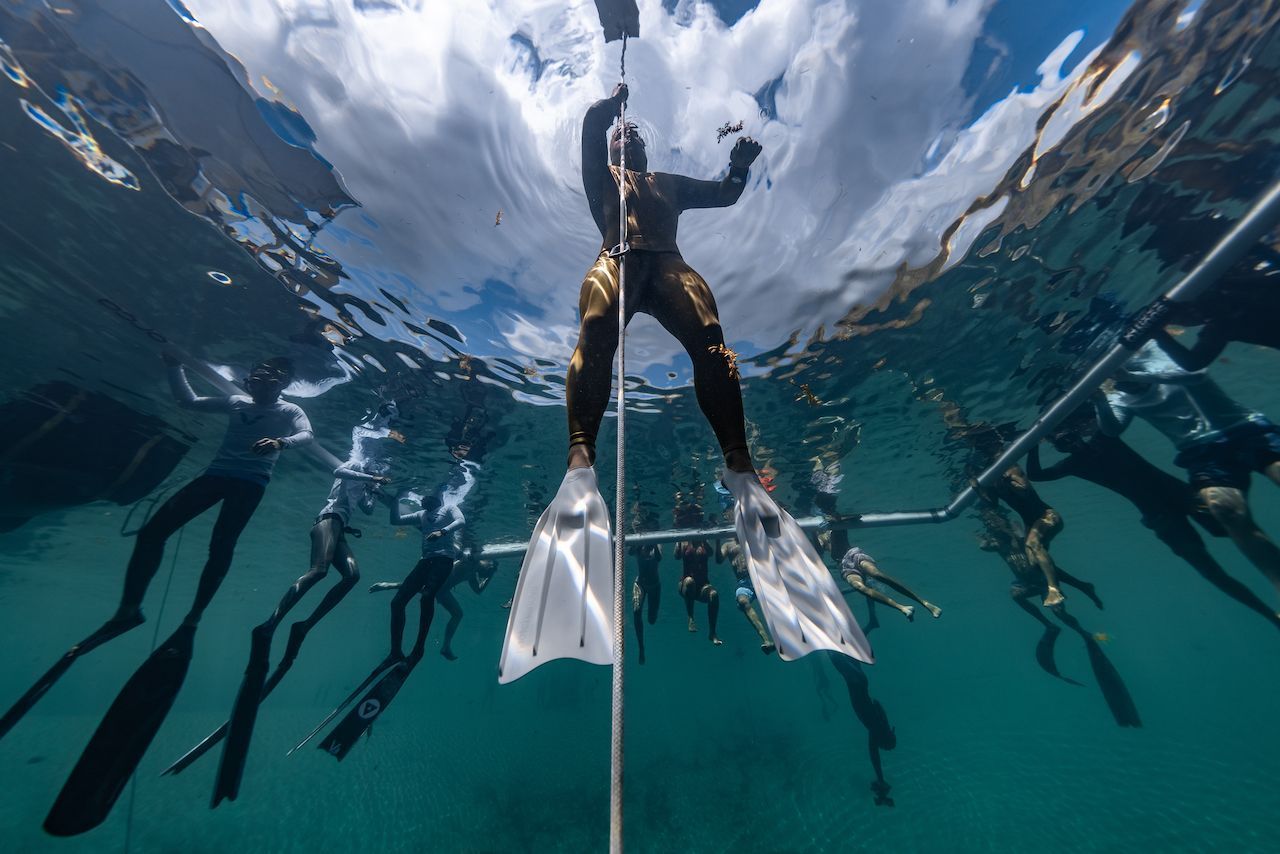
4) PRACTICE MONOFIN
Using a monofin is powerful, elegant, and graceful.
Before investing a significant amount of money in a new monofin, you may want to practice the technique first.
But you shouldn’t practice your mono fins technique in your long blades because it's simply too hard on your back. Thus short fins are the solution ie the Molchanovs silicone bifins (though any short fins would work).
5) GREAT FOR POOL TRAINING
I rarely wear my carbon fins in the pool because the blades can easily crack if another diver steps on them and you step away or bent against the pool wall or floor so I usually bring my fiberglass fins. Now I can use these instead when teaching pool sessions and it’s a lot less awkward and clumsy moving around in the pool with short fins vs long fins.
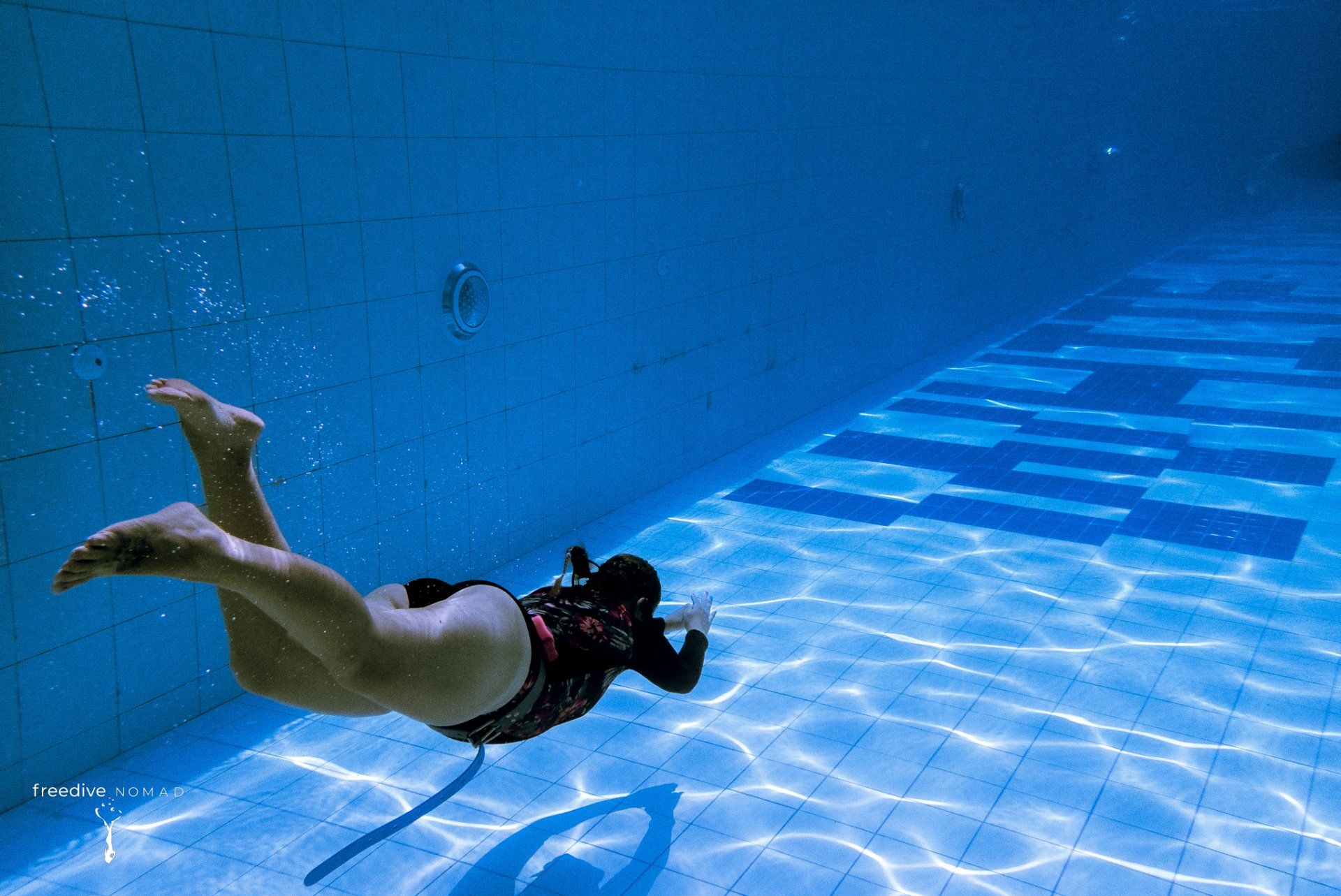
6) GOOD OPTION FOR SCUBA
If you are a casual scuba diver then these can double as scuba diving fins. These are especially convenient if you are shore diving as you can clip the fins onto your BCD with a carabiner.
Going on a trip where you'll be both scuba diving and freediving? No need to bring two sets of fins if you have these in your closet.

7) OPEN FOOT POCKET
Generally divers can use short closed foot pocket fins from scuba diving or snorkeling for their beginner course, using one with an adjustable strap and open heel is not advised as they are not designed for freediving-type kicks and you don’t get a proper power transfer from legs to fins.
However, these are different, because they are nice and snug while also keeping your foot in the right position, pointed.
Keeping your toes pointed is important to get full power from a kick. This is easy to do on a front kick where it naturally is forced that way from the front kick, however, on the back kick most divers I see tend to lead with their heel thus losing power as the blade does not contact the water at the correct angle for maximum propulsion
.
The Molchanovs silicone fins keep your toes pointed leading to much better technique on the back kick.
8) SURFACE FINNING IS GOOD
I love surfacing swimming with these as they are easy on the legs as kicking with them is quite soft. And since they are short blades, they also don't annoyingly pop out of the water.
This makes them perfect for snorkeling so if you don't pursue freediving to a more serious level, you can always use these for snorkeling.
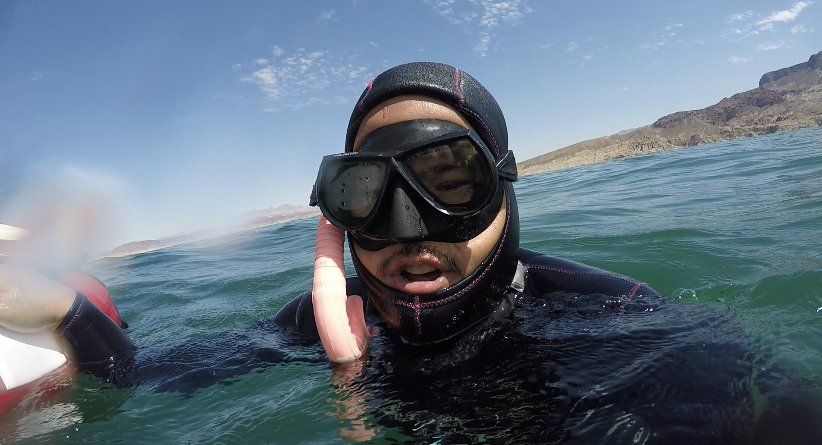
9) COMFORTABLE AF
These are simply the most comfortable fins I’ve ever tried on even with my super wide Fred Flintstone feet. Unusual for fins is that they have right and a left foot and the fit is very snug but not uncomfortably so. It also has arch support.
It didn't matter if I wore them barefoot, with lycra socks or 2mm booties, they still fit perfectly and comfortably.
A fellow freedive instructor on the island I teach on has princess' feet ie it didn't matter if she wore socks, booties or bare feet, her feet would eventually get torn up and she's tried so many different types of foot pockets out on the market. But not with these fins.
10) BETTER MANEUVERABILITY
Short fins mean better maneuverability. This is great for when I'm teaching a pool session as I don't have to take large awkward steps with my long fins. Though this is a rather minor issue.
Better maneuverability is most useful when you are in the open water and taking underwater photographs or videos.
So if you are an underwater photographer or videographer, in addition to the benefits of easy travel, comfort, and power you can also move more efficiently into better positions to take the perfect picture or video.
There you have it, ten reasons why I absolutely love these fins. Don't forget the two videos I made where the links you can find in the intro paragraph. If you already have a pair or are looking to buy something special for a freediver that won't break the bank, these would make the PERFECT gift. And if you do buy a pair, don't forget to use the coupon code FREEDIVENOMAD for 10% off.

